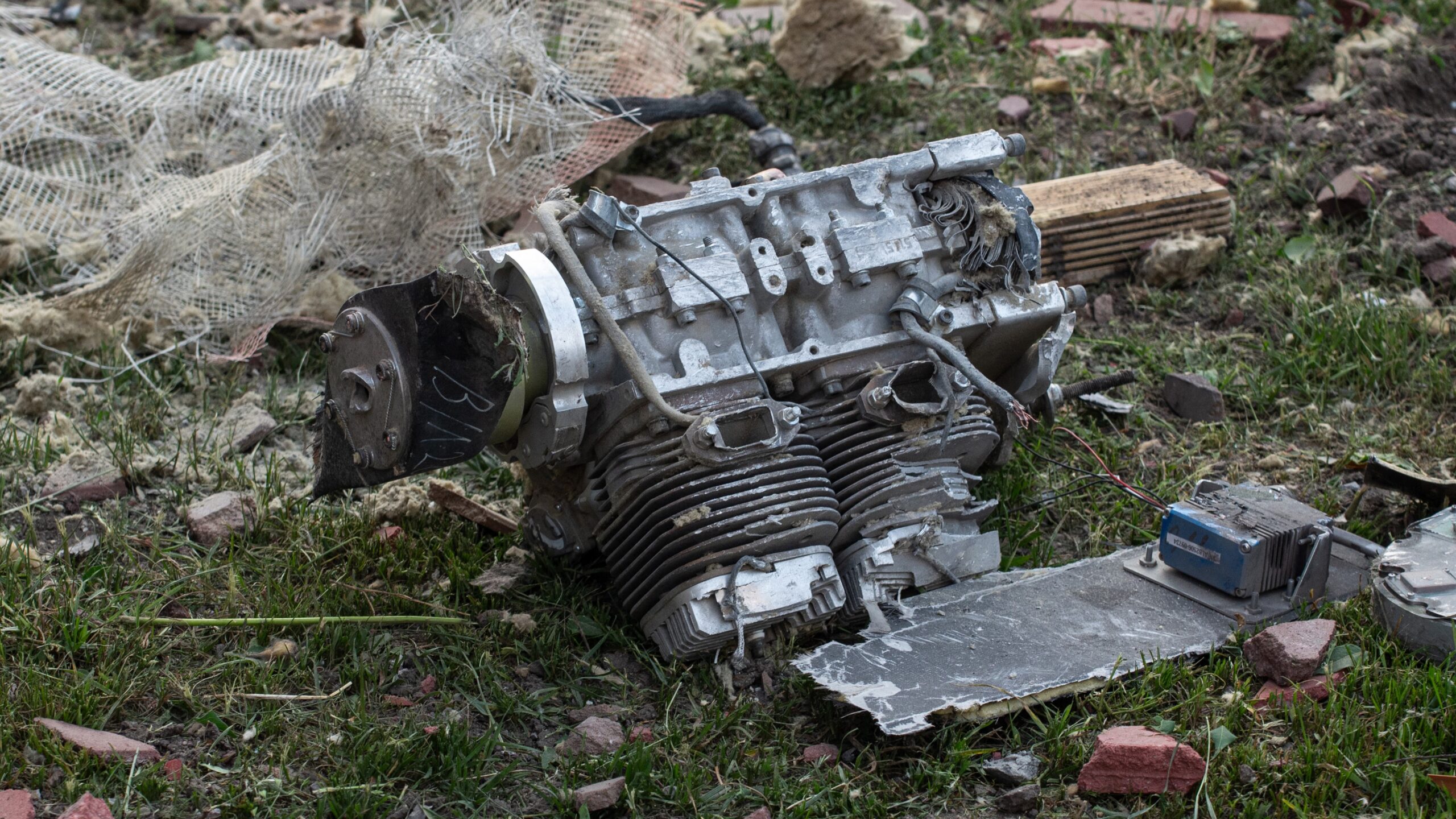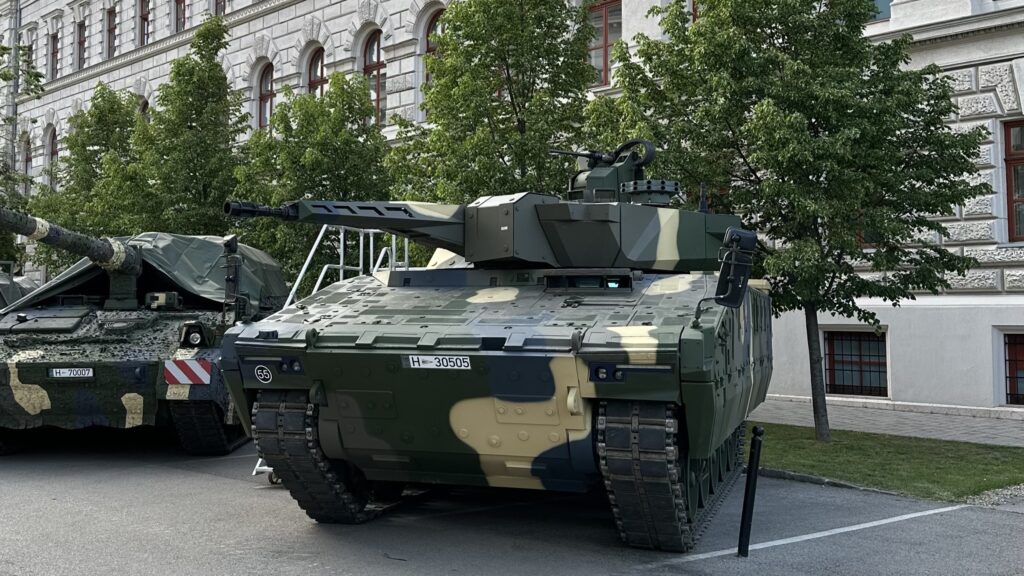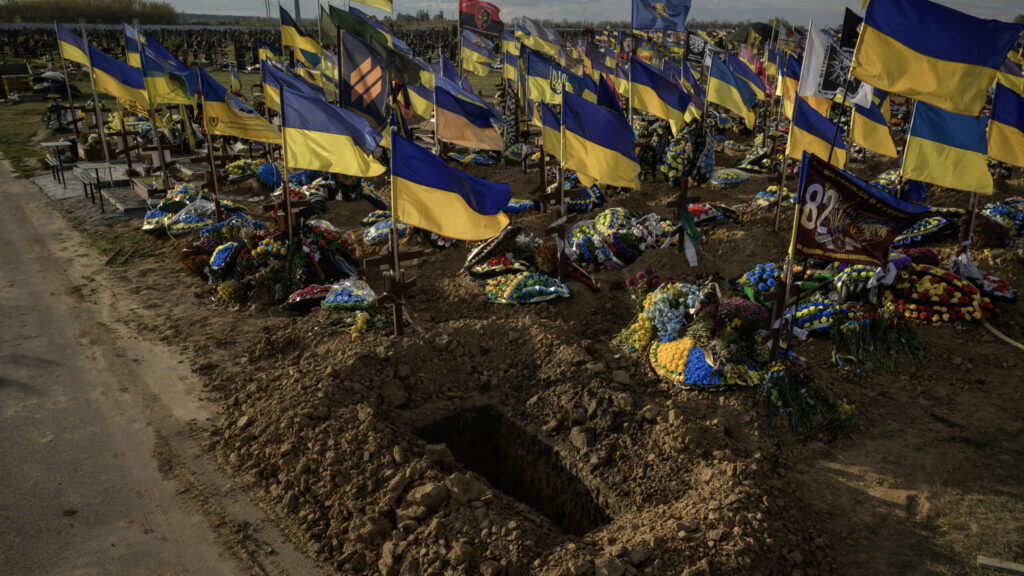You stand and watch in awe as a light show breaks out in front of you. Thousands of drones fly in perfect unison around your city, forming perfect, complex shapes. You can’t help but stop and stare as the drones create dazzling images that fill up the skyline—famous cartoon characters, smiley faces, and even a graceful Chinese dragon dance through the sky. You can’t help but stand and watch as the playful display abruptly changes. Once smiling characters start crashing into crowded buildings and city areas, causing massive explosions. Your city erupts into flames around you as you stare at a swarm of drones forming a smiley face that flies towards you. The light show was a trap designed to draw attention and ensure mass casualties, and you fell for it, hook, line, and sinker.
The above scenario isn’t merely a hypothetical, but a very real possibility based on how drones are used today. Drones have completely revolutionized warfare. Leave it to the genius of man to find a way to utilize what was meant to be a children’s toy to become an effective weapon of war. These small, remote-controlled aircraft, available at most hobby stores and everywhere online, were initially intended for children and YouTubers alike to simply fly and take fun pictures and videos. However, they are being easily converted en masse into deadly swarms of killing machines remarkably cheaply. For the low cost of $500 to $1,500, drones are performing tasks that have traditionally required weapon systems costing $250,000 or more. The war in Ukraine has revealed that the future of weapons and warfare isn’t giant missiles that cost millions of dollars, but small, cheap, and easy to mass-produce killing machines that even a child could use.
While to many, the literal explosion in the use of civilian drones and technology on the battlefield appears to come out of nowhere, in reality, it’s been a long time coming. Civilian drones you could buy at a department store have been in use by the Ukrainian military since 2015. They’ve utilized common-place DJI Phantoms, a favorite of the YouTube community for its camera quality, for conducting basic reconnaissance in the Donbas region.
It’s not just Ukraine where drones have been used successfully. In the Second Nagorno–Karabakh War fought between Azerbaijan and Armenia between 27 September and 10 November 2020 saw Azerbaijan pioneer the first mass successful use of weaponized drones in modern warfare. Utilizing the Turkish-made Bayraktar TB2 drone, Azerbaijan successfully overwhelmed Armenia’s ground forces, hammering them with both suicide drones and drones dropping cluster munitions on targets. Armenian tanks, mortars, artillery, radar, and anti-tank and air missiles were overwhelmed and easy targets for the Azeri drones. According to the Azeri government, following the war, approximately 75 per cent of the targets they destroyed were destroyed by drones. The Ukrainians were quick to take notice and began ordering their own TB2 drones following Azerbaijan’s success in the war.
‘Operation Spiderweb…showcased the ability of drones to conduct decisive strikes deep in enemy territory’
The success of drone use in the context of the Ukraine War should be evident to everyone. Ukraine has, on multiple occasions, successfully launched strikes deep into Russian territory, targeting and destroying critical infrastructure and, most recently, devastating Russian airpower. Operation Spiderweb, carried out on 1 June, 2025, showcased the ability of drones to conduct decisive strikes deep in enemy territory. The attack was extremely successful, resulting in, according to US and German intelligence sources, the destruction of at least 10 per cent of Russia’s aircraft capable of striking Ukraine with ballistic missiles, 12 planes in all. These drones were smuggled into Russia over 18 months; and, costing around $400 USD each, they managed to destroy an estimated $7 billion USD of Russian military hardware without resulting in any human casualties.
Operation Spiderweb has a more profound impact than simply enabling the Ukrainians to secure a decisive military victory over Russia; it sets a new precedent for warfare. Cheap $400 drones can be used to surgically strike enemy targets while either minimizing or preventing collateral damage. This leads to startling possibilities, both good and bad. While it’s great that this technology can be used to carry out precision strikes on military targets while preventing civilian casualties, the opposite is also true. As we’ve seen in Ukraine, suicide drones of all kinds can be employed to target and take out troops. From fiber-optically controlled drones, AI-assisted drones, TB2s flying deep into enemy territory, load bearing drones dropping either white-hot phosphorus or cluster munitions, there is no shortage of cheap options to take out enemy troops that have been traditionally limited to weapon systems costing millions of dollars and the nations that can afford them. With this new leap forward in technology utilizing tools easily accessible to civilians, governments and organizations who have traditionally been unable to carry out these sorts of attacks find themselves in a situation to where they can now.
We’ve seen a continuous increase in the use of civilian technologies by countries and even terrorist organizations to carry out strikes they usually wouldn’t be able to do. From the 7 October attacks on Israel by Hamas that utilized paramotors, civilian personal aircraft that can cost less than $10,000 USD to acquire, to these drones in Ukraine, new avenues and options for conducting warfare are opening up to groups who traditionally did not have access to the capabilities these technologies provide, either due to cost or sanctions. It wouldn’t be that hard for a dedicated organization or government to scrape the cash together to carry out their own version of Operation Spiderweb against a target or rival government or organization. With actors like North Korea involved in the Ukraine War, it wouldn’t be that hard for North Korea to learn the lessons of drone usage on the battlefield, obtain the necessary parts to produce or acquire drones, and carry out attacks like those in Spiderweb or as described in the introduction to this article. They could easily choose to either carry out a devastating attack on a human populace, or take strategic shots at US and South Korean military targets in the South.
‘NATO…must reach a consensus on what constitutes an attack worthy of retaliation and how to prevent these weapons from falling into the wrong hands’
These new technologies also offer a new means for countries to probe each other’s capabilities. As Operation Spiderweb has shown, you can launch a massive drone attack on military targets, destroying only military equipment and preventing casualties. Outside the context of the Ukraine War, it’s unclear whether such a strike would warrant a military response. After all, if no human beings died, a nation could claim it was merely carrying out a mission it saw as necessary to its survival. And the fact that they did it in a way where there were no deaths means that there could be an argument that retaliation isn’t warranted. We may very well soon see an increased frequency of military conflicts all around the world as countries conduct surgical military strikes against each other, probing each other’s defense capabilities and destroying military targets without harming civilians.
Organizations like NATO and its allies need to take note of what is happening in Ukraine and need to clearly communicate their plan if such an attack were to take place. The technology is only going to improve and become more widely accessible. It won’t be long until regimes like North Korea or terrorist organizations will have fleets of their own drones, which they can use to either wreak havoc or conduct surgical strikes. NATO, its allies, and the rest of the world must reach a consensus on what constitutes an attack worthy of retaliation and how to prevent these weapons from falling into the wrong hands. Allowing a lingering grey area to grow regarding what constitutes an attack and what constitutes retaliation will only lead to miscalculations that could have extremely dire consequences. It might not be long before a massive war could break out in any region of the world due to a drastic miscalculation in the utilization of drones. The future of warfare is here, and it’s cheaper and deadlier than ever before.
Related articles:







